LIFECORE Indoor Air Quality Calendar

October is National Indoor Air Quality Awareness Month, and for most us, this time of year means air conditioners off, windows closed, and more time spent indoors. That makes October the perfect time to turn our attention to the quality of the air that our family breathes in every day.
Most people don’t realize just how much your surroundings affect you and your family’s wellbeing. Does anyone in your home suffer from asthma, allergies, fatigue, chronic headaches, coughing, congestion, or other ailments that always seem to be lingering? If so, then environmental factors may well be the culprit.
The most common offenders are obvious—dust, smoke, dander—and not so obvious—mold, carbon monoxide, toxic cleaning chemicals, and off-gassing. Off-gassing is the release of airborne particulates known as volatile organic compounds (VOCs) from common household materials such as carpeting, cabinetry, furniture, paint, etc.
The LIFECORE brand was created from our commitment to air quality, and we are proud to offer only products that have ZERO-ADDed formaldehyde (a common VOC). While we know it’s not so easy to just remove cabinetry, buy all new furniture, or change your flooring, we want you to know that there are a LOT of other steps you can take that are easy, inexpensive, and do-it-yourself. That’s why we’ve created the LIFECORE Indoor Air Quality Calendar with simple things you can do each season that will help make every month Air Quality Awareness Month!
October – Start with the Basics
The most obvious way to rid your home of allergens, mold, dust mites, etc., is to start with a deep fall cleaning. Arrange to clean and/or sanitize fabrics like drapes, carpeting, area rugs, sofas, and chairs, and replace pillows and comforters and pet beds if they can’t be laundered. Update to an eco-friendly shower curtain, which will not only keep mold at bay, but will also eliminate off-gassing from the plastic material used for most shower curtains and liners. You should also make sure to have a large, easy-to-clean floor mat at every door. People track in all sorts of dirt, pesticides, and other pollutants from outside that can take that newly cleaned floor right back down to potentially toxic.
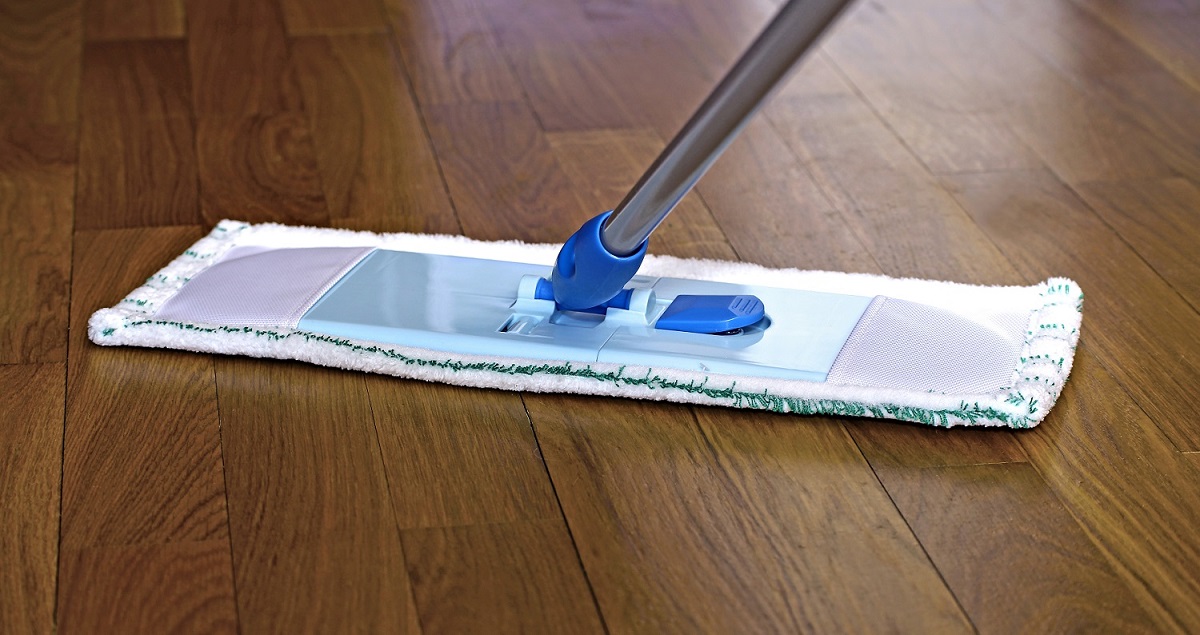
Another thing you can do to help keep your child’s environment healthy is to take their plush toys, bag them, and plop them into the freezer for 3-5 hours. Believe it or not, Teddy could be riddled with dust mites and other unseen vermin, so by putting him in the deep freeze you can kill off any unwanted guests!
And don’t forget, the best thing you can use for regular cleaning are natural cleaning products that leave no toxic footprint behind. Believe it or not, even common air fresheners can introduce unwanted chemicals into your atmosphere. If buying all new cleaning supplies all at once is not in your budget, them as they run out with eco-friendly ones, or try some household items like lemon and vinegar for certain surfaces in the interim (though never on your hardwood floors!).
November – Cooking Up a Healthier Home
This is the season when we start to entertain, so keep in mind that many indoor air pollutants come from the kitchen. Gas stoves release carbon monoxide and nitrogen dioxide as do electric burners at much lower levels. The best thing to do when you’re cooking is to ventilate, whether through an overhead fan or an open window (or both). While the kitchen may not smell as tantalizing, it will make for a much healthier holiday season!

December – Holiday Lights
When stocking up on holiday decorations and stocking stuffers, pick up a few beeswax candles. They are not only decorative and smell great, but these 100% natural candles are perfect air purifiers! When lit, beeswax candles release negative ions while pollen, dust, dirt, and other allergens release a positive charge, which is how they can be suspended in the air. The negative ions negate the positive charge of the contaminants, and the neutralized ions are sucked back into the burning candle or fall to the ground.

Another great item to put on your gift list is a salt lamp, which is known to help with asthma and other breathing issues. Salt lamps also use ion technology to help purifier air and make a great conversation piece!
January – New Year, New Vacuum
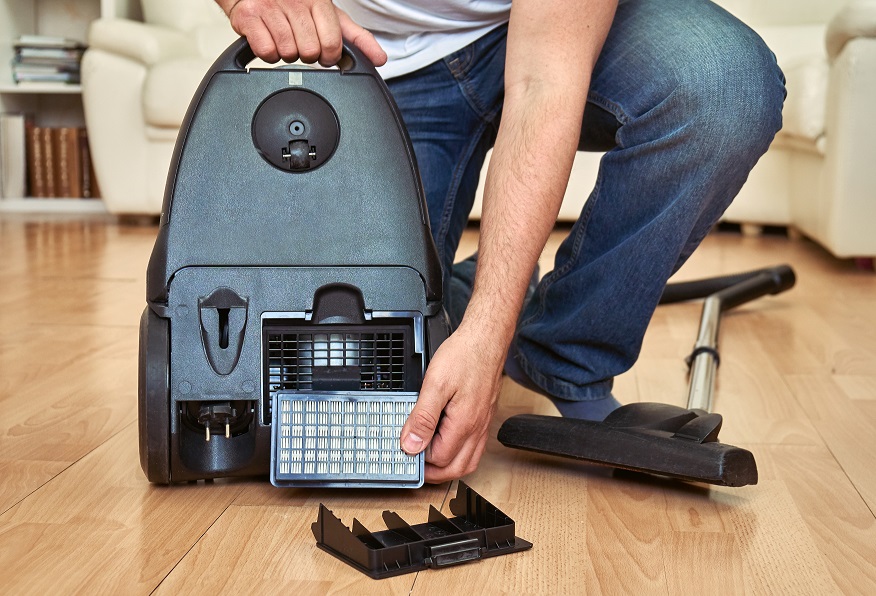 Most people are surprised to learn that their vacuum cleaner may actually be polluting the air while cleaning the carpet. Though it may be sucking up dirt and debris, the air that is expelled through the exhaust system contains millions of dust particles and allergens that can settle on surfaces. The best way to stop this regurgitation of pollutants is to make sure your vacuum cleaner has a HEPA filter. HEPA stands for high-efficiency particulate absorber, which is precisely what it does by forcing air through a fine mesh that traps harmful particles such as pollen, pet dander, dust mites, and tobacco smoke. In other words, what goes in does not come out! Vacuums with HEPA filters can be more expensive, but are well worth it in the long run.
Most people are surprised to learn that their vacuum cleaner may actually be polluting the air while cleaning the carpet. Though it may be sucking up dirt and debris, the air that is expelled through the exhaust system contains millions of dust particles and allergens that can settle on surfaces. The best way to stop this regurgitation of pollutants is to make sure your vacuum cleaner has a HEPA filter. HEPA stands for high-efficiency particulate absorber, which is precisely what it does by forcing air through a fine mesh that traps harmful particles such as pollen, pet dander, dust mites, and tobacco smoke. In other words, what goes in does not come out! Vacuums with HEPA filters can be more expensive, but are well worth it in the long run.
February – Bring in the Green
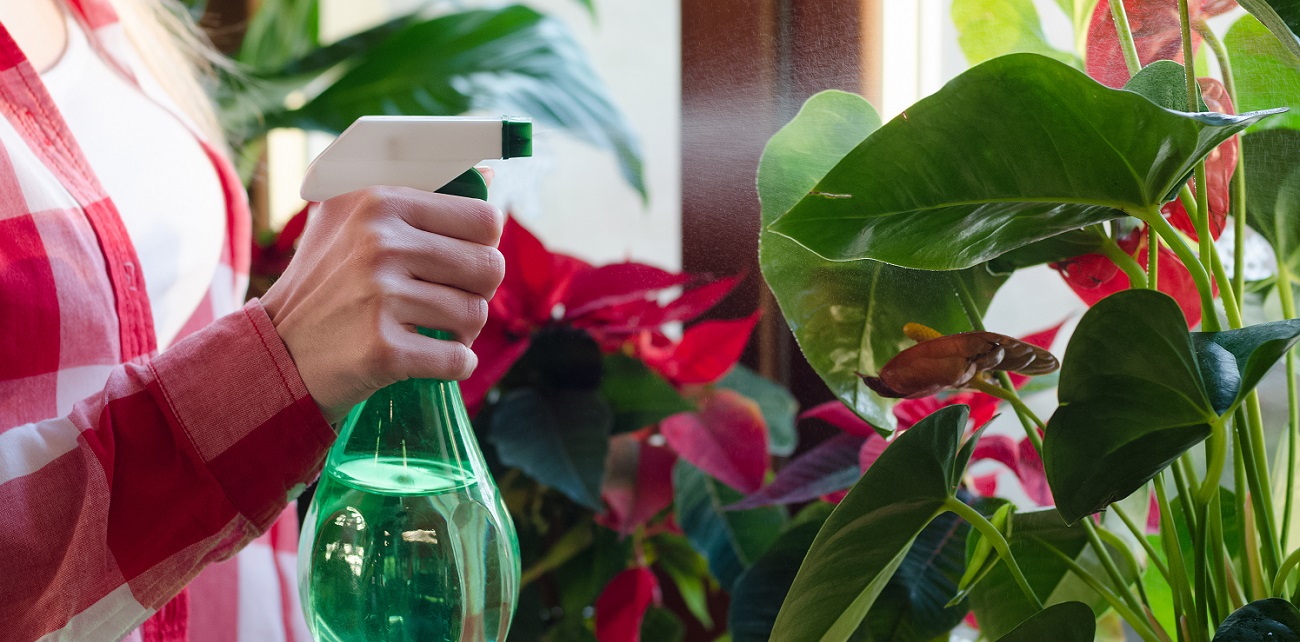 Are you aware that certain houseplants can actually improve your indoor air quality? Studies indicate that specific plants can actually filter volatile organic compounds (VOCs) out of the air while looking lush and decorative in the process. For those to whom February represents the dead of winter, why not bring a little life into the house and breathe easier at the same time? Take a trip to your local garden center and see which of these air-saving beauties you want to take home:
Are you aware that certain houseplants can actually improve your indoor air quality? Studies indicate that specific plants can actually filter volatile organic compounds (VOCs) out of the air while looking lush and decorative in the process. For those to whom February represents the dead of winter, why not bring a little life into the house and breathe easier at the same time? Take a trip to your local garden center and see which of these air-saving beauties you want to take home:
- Peace lily
- Boston fern
- Devil’s ivy and English ivy
- Lady, Dwarf Date & Areca palms
- Rubber plant
- Weeping fig
March – Spring into Spring Cleaning
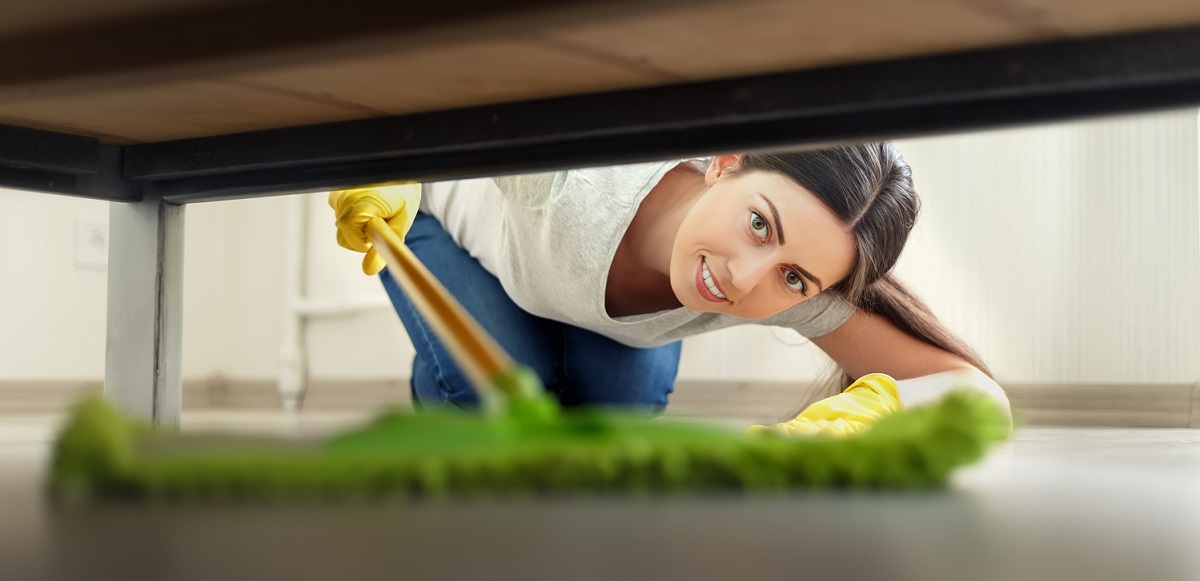
It’s time to refer back to October and give those drapes, carpets, the sofa, etc. another deep cleaning. By keeping this up at least twice a year you will notice a big difference not only in your air quality, but also the freshness of how your house smells. Use this opportunity to also replace the air conditioner filter and clean the vents so that they are ready for summer.
April – April Showers Mean Mold Can Flower
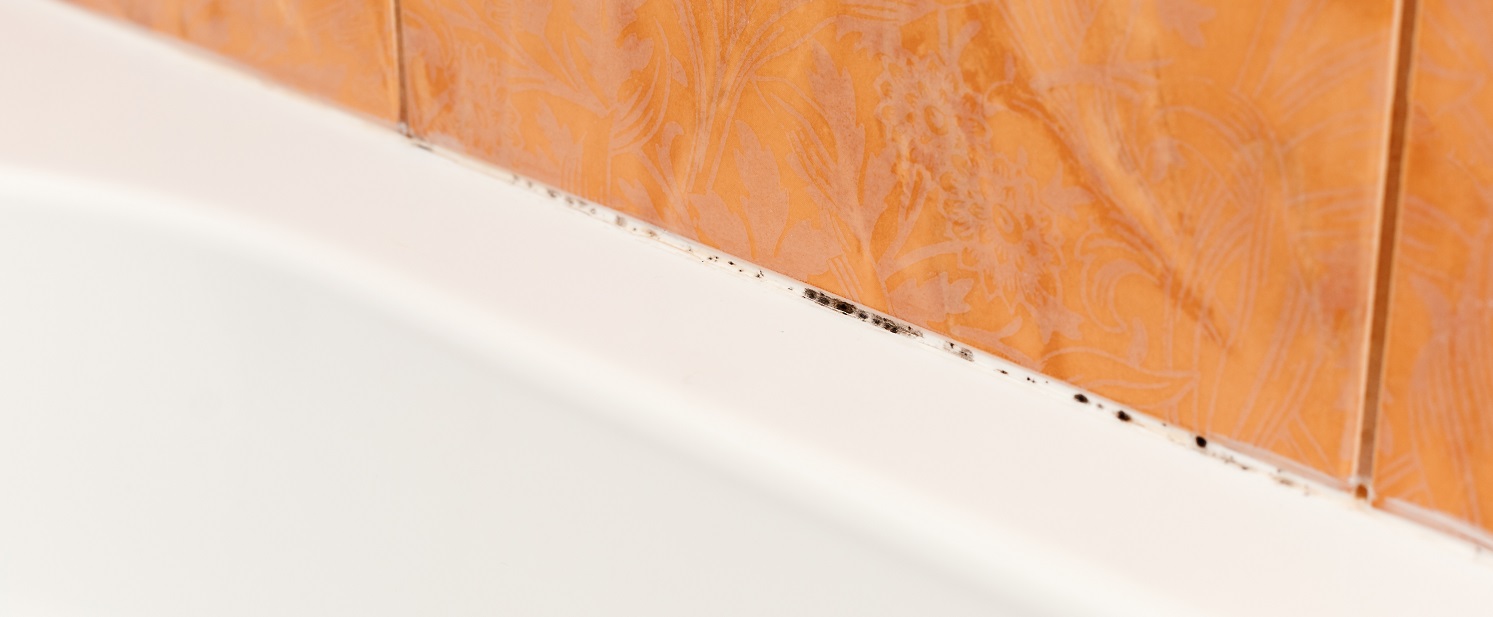
Mold can only form with moisture, and the best way to keep moisture out is by making sure that the wet, humid weather outside doesn’t come in. Cracks, holes, and other unwanted openings can cause rain and surface runoff to leak into the roof and walls, creating a moldy mess with insulation. Cracks in the foundation can cause groundwater to seep through walls and basement floors and create a layer of mold under the subfloor. Either hire a professional or do a check yourself for any such openings and make sure they get sealed up fast! Ventilation and flow is also crucial for good indoor air quality and to keep mold at bay, so open the windows (when it’s not raining) and let the fresh air in.
May – Make a Clean Entrance
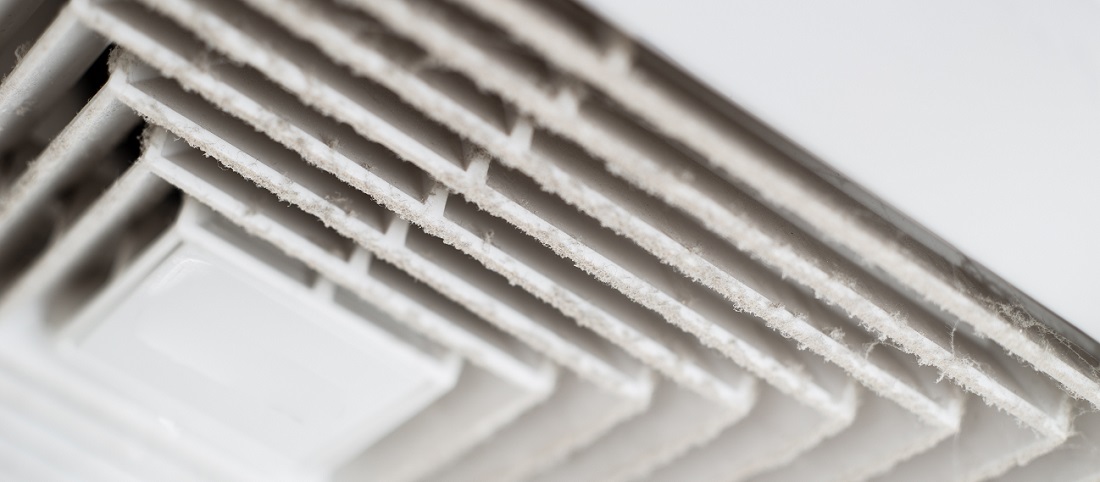
With temperatures not too hot or too cool, May is a good time of the year to get your air ducts and heating system cleaned out so that the air flowing into your house is not bringing any unwanted pollutants along for the ride. If not kept up, these components can become contaminated with particles of dust, pollen, etc., and if moisture is present, the potential for mold increases. For something as involved as having heating and cooling systems cleaned, we recommend that you contact a service professional, unless you have prior experience doing it yourself. Don’t forget to do your research to select a service that uses only eco-friendly products, should any cracks or openings need to be sealed up!
June – Put Your Mind in the Gutter
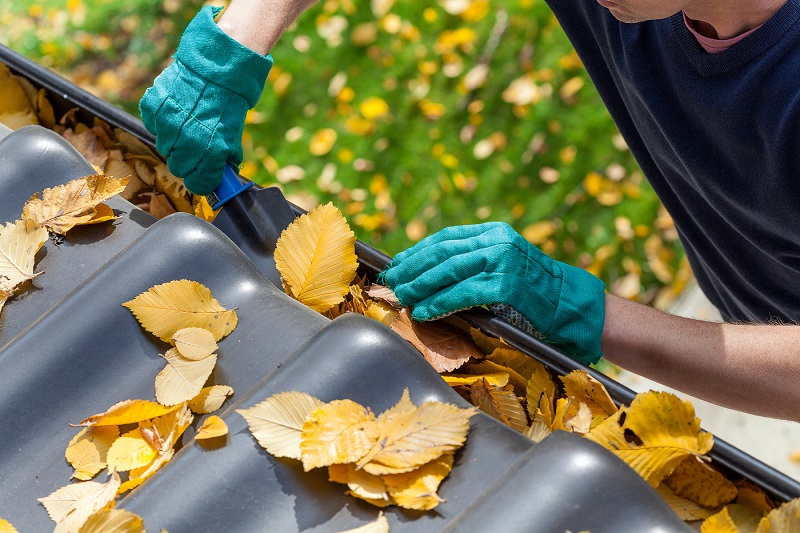
Though generally thought of as outside maintenance, cleaning out clogged gutters can prevent water seeping into the house, causing mold growth. Even if they look fine from your lawn, next time it rains, see if water is spilling out of end caps. If so, then there is a clog that needs your attention.
July – Control the Moisture
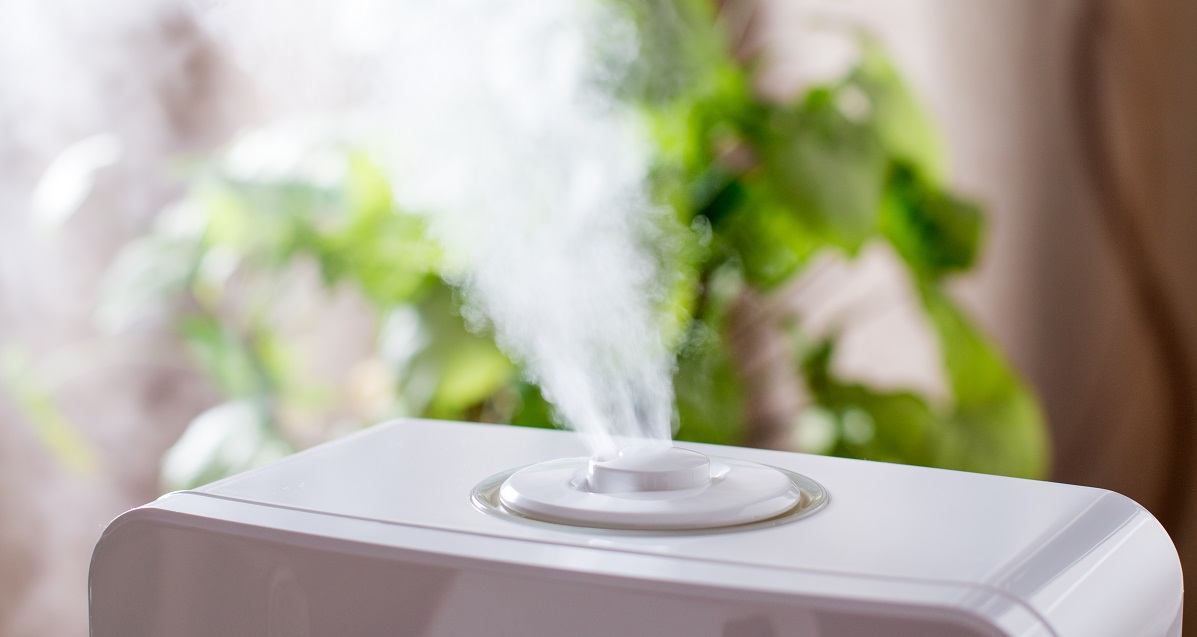
Either too high or too low humidity can cause problems in your indoor environment. High humidity breeds mildew, mold, and bacteria, while humidity that’s too low can dry out nasal passages and your throat. Either way, not great for breathing! Ideally, indoor humidity should stay within the range of 40 to 60% RH year round. To keep the perfect climate all year round, you may need a humidifier and/or dehumidifier. They come in all price ranges and are worth the investment!
August – Toxin Toss
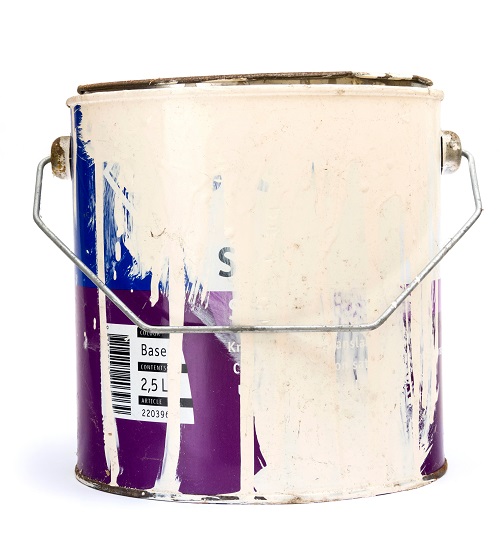
This is a great time of the year to purge your attached garage, basement, and utility room of toxic paints, stains, turpentine, and other chemical-based materials that you do not use regularly. We know it’s tempting to hang onto that perfect paint color just in case you scratch the wall but it will do more harm than good if the VOCs make their way into your living environment.
Make sure that chemically-based products that you must keep are properly sealed and as far away from the house as possible. And it does without saying that any wood staining or hobby work that requires potent chemicals should be done outside and not in the garage or basement, even if doors and windows are open.
September – Back to School Rule

Did you know that when they are on, computers produce chemicals such as phenol, toluene, 2-ethylhexanol, formaldehyde, and styrene, which go right into the air we breathe? These pollutants can contribute to the headaches we associate with eyestrain from staring at the screen. With homework season kicking off, make sure that if your student’s computer is on, their room is well ventilated. And when they are not using their computer, it is turned offs.
Leave a Reply
